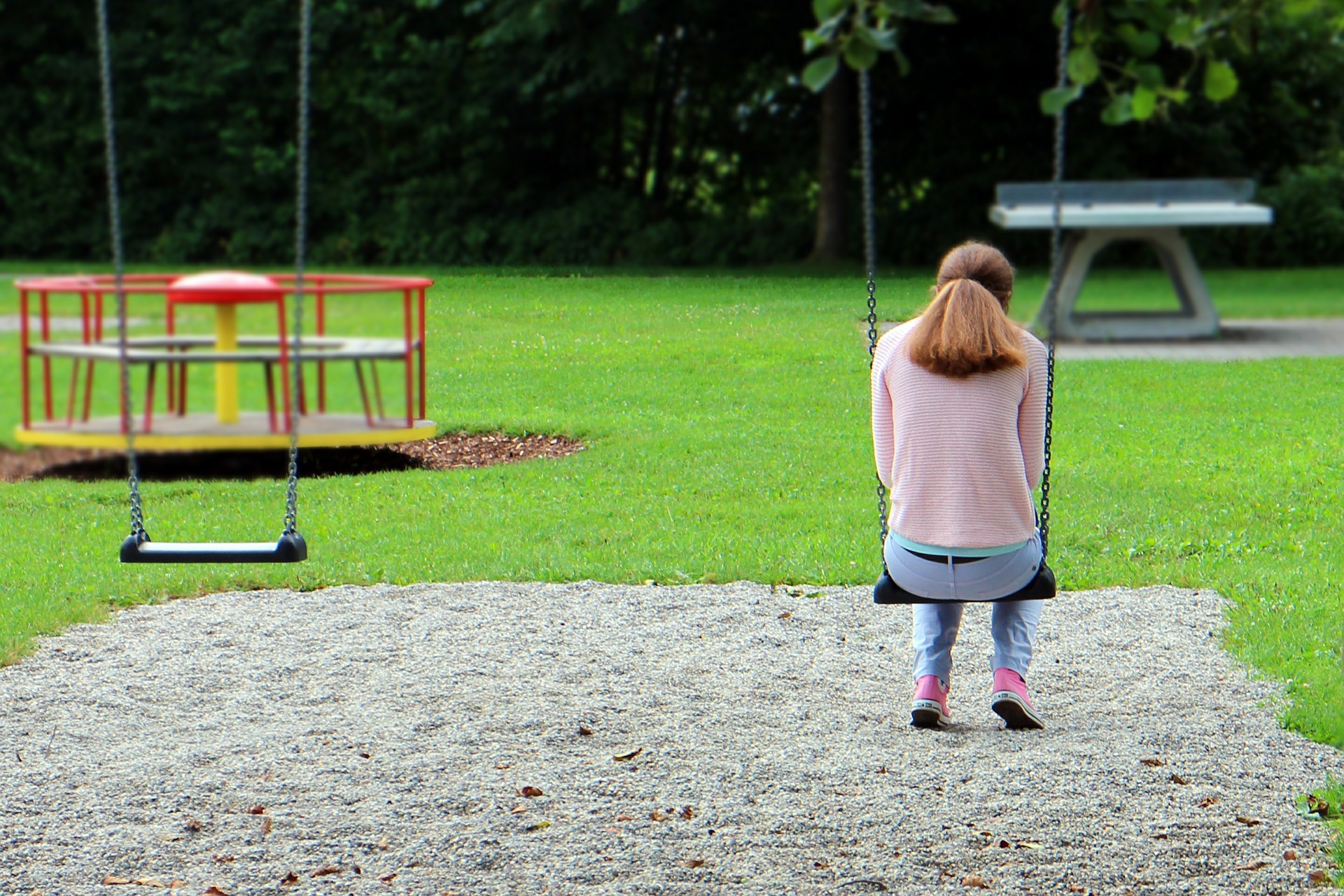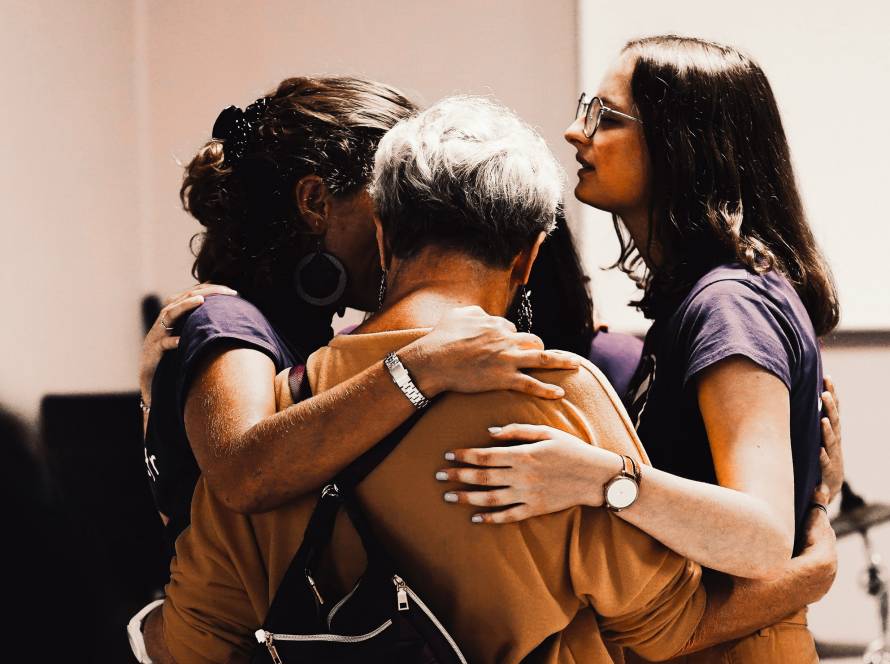If you’ve been on social media at all lately, it’s likely that you’ve seen a story about a recent loneliness survey done by Cigna (a global health service company) that reveals Generation Z is the loneliest generation currently alive around the globe. This came as a surprise to many people who naturally assumed that the oldest generation would be the ones who experienced the greatest loneliness, not young vibrant 18-22 year olds that boast huge followings on social media and are seemingly always surrounded by people.
And that’s not all. It’s not even that the 18-22 year olds are lonely; it’s that they join nearly half of all of America in saying that they are lonely.
“The survey of more than 20,000 U.S. adults ages 18 years and older revealed:
- Nearly half of Americans report sometimes or always feeling alone (46 percent) or left out (47 percent).
- One in four Americans (27 percent) rarely or never feel as though there are people who really understand them.
- Two in five Americans sometimes or always feel that their relationships are not meaningful (43 percent) and that they are isolated from others (43 percent).
- One in five people report they rarely or never feel close to people (20 percent) or feel like there are people they can talk to (18 percent).
- Americans who live with others are less likely to be lonely (average loneliness score of 43.5) compared to those who live alone (46.4). However, this does not apply to single parents/guardians (average loneliness score of 48.2) – even though they live with children, they are more likely to be lonely.
- Only around half of Americans (53 percent) have meaningful in-person social interactions, such as having an extended conversation with a friend or spending quality time with family, on a daily basis.
- Generation Z (adults ages 18-22) is the loneliest generation and claims to be in worse health than older generations.
- Social media use alone is not a predictor of loneliness; respondents defined as very heavy users of social media have a loneliness score (43.5) that is not markedly different from the score of those who never use social media (41.7).” SOURCE
 A couple of years ago, Pew Research released a survey that showed religious affiliation in America and it was revealed that the largest drop in church membership and attendance was in Protestant Christian churches and the greatest gain (so where those people went) was in the category of Unaffiliated, not associating with a religion or religious community.
A couple of years ago, Pew Research released a survey that showed religious affiliation in America and it was revealed that the largest drop in church membership and attendance was in Protestant Christian churches and the greatest gain (so where those people went) was in the category of Unaffiliated, not associating with a religion or religious community.
I cannot help but see the similarities of these two surveys.
If you look up the definition for “unaffiliated” you’ll read things like, “not associated with another or others” and “not connected” and ” not a part of.” Another word for those things is “lonely” or “alone.” If we look at the multiple studies that have been done on why there’s been a decline in the attendance of 18-29 year olds in church, they put it this way; “We don’t belong.”
There’s a sense that there simply is not place for them any more.
They had a place a kids in the children’s department and they had a place as youth in the youth department but as high-school graduates, they are met with a way of worship with which they are unfamiliar, a group of people they have little to no relationship with, and a myriad of other opportunities outside the church building walls that are screaming, “You BELONG Here!”
They are…Unaffiliated…Lonely
It’s not that suddenly 18-29 year olds don’t associate with religion. 44% of the Muslims surveyed were Millennials!
It’s not that 18-29 year olds don’t believe in God. Of all the survey respondents who identified as Unaffiliated or “religious nones” only 3.1 % identified themselves as atheist.
It’s that they do not belong. They don’t feel a part of the community. They feel alone.
And I think we, the church, must take some of the blame for that.
Over time, we’ve created a place where we inhibit relationships and stifle community by segregating generations and dividing up spaces based on age.
We make it difficult forge a deep sense of community by limiting our interactions making the church fit within certain hours and places instead of recognizing the church is a people not a place.
We label certain things as “worship” and make attendance at those events indicative of what a “Christian” is instead of recognizing that all of life is worship and inviting people to worship is inviting them into our lives.
We’ve created a lonely place, especially for those who “graduate” from our specialized children’s and youth programs into our larger corporate gatherings where they’ve never had a meaningful conversation, built a single intergenerational relationship, or experienced a heartfelt interaction with other older members of the congregation.
It’s never been their church. It’s been their parent’s church and their grandparent’s church. “Big” church, adult church, but not their church.
And they feel unaffiliated. Lonely.
If we are going to reach the loneliest generation, it’s not going to be through worship styles or coffee shops. It’s going to be through community.
It’s going to be through an intentional movement toward intergenerational relationships forged through time spent together, not just inside the walls of a church building, but time spent in life being the church. It’s going to have to be “on purpose” not simply by accident or by chance.
We will need to create and cultivate the space necessary for these types of connections to be made and we will need to recognize that community is more than just people being in the same space or building together; it is a place where people feel understood and not isolated, a place where they can feel close to people because there are people for them to talk to, a place where “meaningful in-person social interactions, such as having an extended conversation with a friend or spending quality time with family, happen on a daily basis.”
The loneliest generation needs the church to be the Church.
The Fellowship of the Believers (Acts 2:42-47 NIV)
They devoted themselves to the apostles’ teaching and to fellowship, to the breaking of bread and to prayer. Everyone was filled with awe at the many wonders and signs performed by the apostles. All the believers were together and had everything in common. They sold property and possessions to give to anyone who had need. Every day they continued to meet together in the temple courts. They broke bread in their homes and ate together with glad and sincere hearts, praising God and enjoying the favor of all the people.
And the Lord added to their number daily those who were being saved.
For more information about
- Kids in Worship
- Determining which Type of Family Ministry model works best for your church
- Discipleship in Intergenerational community
- Encouraging the continued conversation through Practical Discipleship at Home
- Seminars, Workshops, Coaching
Check out to ReFocus Ministry or “like” our Facebook page. Join our conversation at theReFocus Family and Intergen Ministry group on Facebook.
About this Blog

Refocus Ministry was started by Christina Embree, wife to Pastor Luke, mom to three wonderful kids, and church planter at Plowshares BIC. With years of experience in family ministry and children’s ministry, she is passionate about seeing churches partnering with families to encourage faith formation at home and equipping parents to disciple their kids in the faith. She recently graduated with a Masters of Arts in Ministry focusing on Family, Youth and Children’s Ministry at Wesley Seminary, she also blogs at www.refocusministry.org and is a contributing blogger at D6 Family, ChurchLeaders.com, and Seedbed
*The advertisements at the bottom of this page are chosen by WordPress, not by ReFocus Ministry, and do not necessarily reflect the opinions and values of the author.


2 Comments